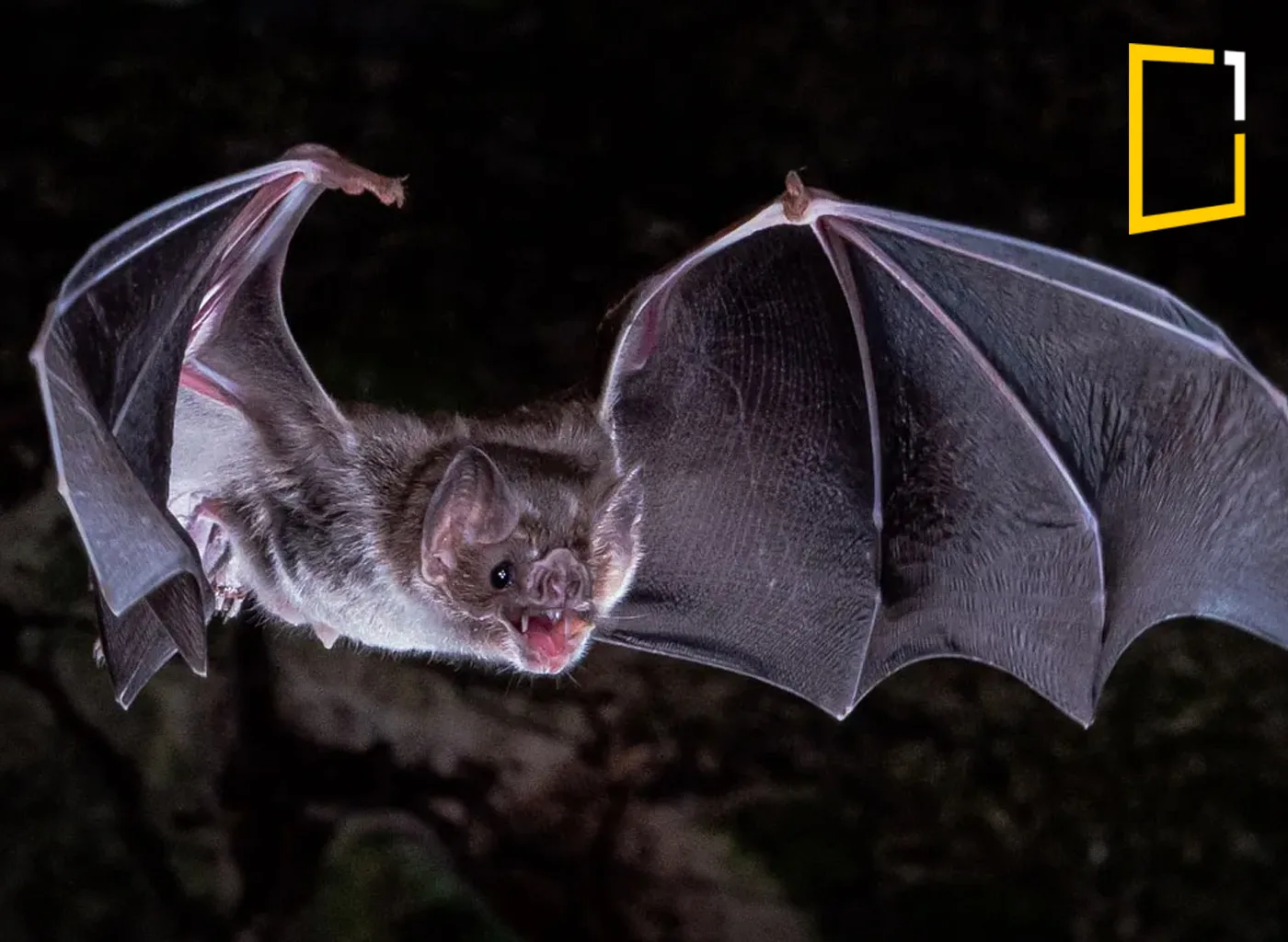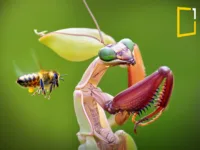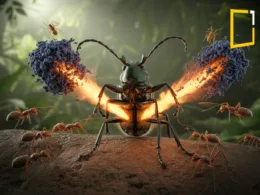When you think of creatures of the night, vampire bats might be among the first that come to mind. These small, nocturnal mammals have a notorious reputation for their diet of blood, sparking fear and fascination alike. In this article, we will uncover the truth about vampire bats, their unique adaptations, their role in the ecosystem, and how they survive on such an unusual diet.
What Are Vampire Bats?
Vampire bats belong to a subfamily called Desmodontinae and are native to the Americas, primarily found in Mexico, Central America, and South America. There are three species of vampire bats: the common vampire bat (Desmodus rotundus), the hairy-legged vampire bat (Diphylla ecaudata), and the white-winged vampire bat (Diaemus youngi). Unlike other bats, vampire bats feed exclusively on blood—a diet known as hematophagy.
“Unleash Your Style with Our Unique Phone Cases”
Transform your phone into a statement piece with our eye-catching phone cases! Designed for trendsetters who crave style and personality, each case blends creative artistry with top-notch protection. Whether you’re into playful designs, sleek minimalism, or bold patterns, our collection has the perfect match for your vibe.
Your phone deserves to look as good as you do! Elevate your everyday with designs that turn heads and spark conversations. Ready to make your phone a masterpiece? Grab your favorite case now and let your personality shine through! on: https://etsy.me/4ezVEK4








The Blood-Feeding Adaptation
The vampire bat’s ability to survive on blood is a fascinating evolutionary trait. These bats have several physical and behavioral adaptations that make them effective blood-feeders:
- Heat Sensors: Vampire bats have specialized heat sensors on their nose that help them locate blood vessels near the surface of their prey’s skin.
- Razor-Sharp Teeth: Their front teeth are incredibly sharp, allowing them to make a small, painless incision in their prey’s skin.
- Anticoagulant Saliva: Vampire bats produce a unique enzyme called draculin in their saliva, which prevents the blood from clotting, allowing them to drink freely.
Vampire Bat Behavior: A Nightly Hunt
Vampire bats are nocturnal creatures that prefer to hunt during the darkest hours of the night. They usually feed on mammals like cows, horses, and other livestock, though they have been known to target birds as well. Despite their fearsome reputation, vampire bats only consume a small amount of blood from their prey—typically no more than a tablespoon—without causing serious harm.
How Do Vampire Bats Find Their Prey?
Vampire bats have excellent senses that help them locate and approach their prey. They use echolocation to navigate in the dark, along with their heat-detecting abilities to zero in on warm-blooded animals. Once they land on their target, they use their sharp teeth to make a tiny cut and then lap up the blood with their tongue.

Social Structure and Intelligence
One of the most surprising aspects of vampire bats is their complex social structure. These bats live in colonies where they exhibit behaviors like grooming each other and even regurgitating blood to share with those that didn’t manage to feed. This blood-sharing behavior is a form of altruism, strengthening social bonds within the group and ensuring survival.
Vampire Bats and Their Role in the Ecosystem
While vampire bats may seem like pests, they actually play an important role in their ecosystem. By feeding on livestock, they help control the populations of larger animals and also contribute to the health of their habitats. Additionally, vampire bats are a key subject of medical research due to their anticoagulant saliva, which has potential applications in stroke and heart attack treatments.
Fascinating Facts About Vampire Bats
- Fast Metabolism: Vampire bats need to feed almost every night because their fast metabolism requires a consistent energy source.
- Social Creatures: They are one of the few bat species known to engage in reciprocal altruism, where they share food with others in their colony.
- Unique Locomotion: Unlike most bats, vampire bats can run and jump on the ground, making them agile hunters both in the air and on land.
Myths vs. Reality: Debunking Common Misconceptions
Myth: Vampire bats suck blood from humans and attack like monsters. Reality: Vampire bats prefer livestock and rarely come into contact with humans. Their feeding is subtle and often goes unnoticed by their prey.
Conservation and Human Impact
Vampire bats are not currently endangered, but their habitat is under threat due to deforestation and human encroachment. While they can pose a risk of transmitting rabies, it is important to remember that their ecological role and potential medical benefits far outweigh their negative impact.
—————————————————————
Thanks for joining this wild ride. Stay curious, stay tuned, and let’s make our world brighter!
Subscribe to our channel and stay tuned for more intriguing mysteries and scientific wonders. Together, let’s uncover the secrets of the Earth and expand our understanding of this fascinating world.
Check out the latest blog and video on YouTube and learn something new today.
Attention, all readers! To deepen your understanding and stay informed on the latest news and trends, be sure to click on the link to access more informative articles.
Join the family by liking us on Facebook, or follow us on Twitter and Instagram.
If you liked this story, sign up for the weekly OneMinuteExplore features newsletter called “The Essential List”. A handpicked selection of stories from OneMinute Nature, Wildlife, Culture, Travel, Stories, and more… delivered to your inbox every Weekend.
👉 We may earn a commission from purchases made through links in this content, but it won’t affect your price. Rest assured, our recommendations are based on thorough research and genuine belief in the products. Your support through these links helps us continue providing valuable content. Thank you for your support!













